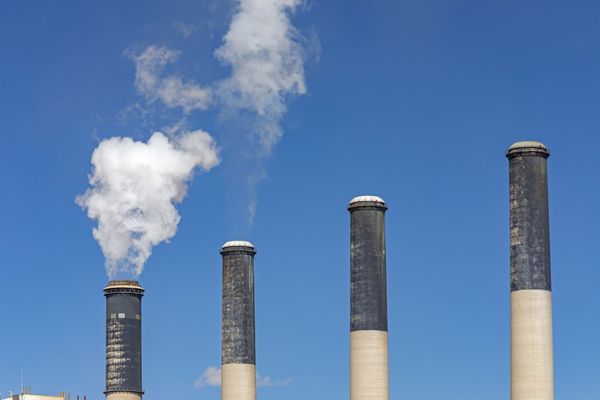
The death of two-year-old Awaab Ishak in December 2020 has led to a significant overhaul of housing law in England, transforming how social landlords address damp and mould issues. Awaab died after prolonged exposure to severe mould in his family's one-bedroom flat in Rochdale. An inquest concluded that his death resulted from a severe respiratory condition caused by mould in his home.
This tragic case exposed systemic failures within the social housing sector: despite multiple complaints from Awaab's family, no effective action was taken to ensure the property was safe. The case ignited public outrage and campaigner pressure, prompting the UK Government to introduce what is now known as Awaab's Law.
Legislative Changes and New Deadlines
From October 2025, the legislation will enforce legally binding time limits for investigating and repairing health hazards in social housing. According to the government's announcement, social landlords will be required to investigate reports of dangerous damp and mould within a set period, and to repair all emergency hazards within 24 hours.
The law sets out clear responsibilities:
- For emergency hazards (those posing a serious health risk), investigations must begin 'as soon as reasonably practicable, and in any case within 24 hours.'
- For non-emergency but serious hazards, investigations should be completed within a specified period—typically 10 working days—with written outcomes provided to tenants shortly after.
- Once a hazard is confirmed, landlords must commence remedial work within five working days for significant risks.
This marks a paradigm shift: tenancy rights are evolving from mere rent payments and compliance to a fundamental right to live in a safe, well-maintained home. Housing associations and social landlords are now mandated to establish robust processes, maintain detailed hazard records, and ensure timely repairs. The law also embeds these obligations into tenancy agreements, strengthening tenants' legal protections if standards are not met.
Phased Implementation and Broader Scope
The legislation will be introduced in phases:
- October 2025: Focus on damp, mould, and emergency hazards.
- 2026: Broader hazards, including excess cold, heat, structural issues, and fire risks.
- 2027: All hazards identified by the Housing Health and Safety Rating System (HHSRS) for social housing.
The law's impact extends well beyond individual cases. Surveys reveal that damp and mould are widespread issues in social housing, especially affecting children, the elderly, and residents with pre-existing health conditions. The legislation has the potential to reduce hospital admissions, improve quality of life, and set higher standards across the sector.
Challenges and the Road Ahead
While Awaab's Law is a vital step forward, it does not come without challenges. Many housing providers face operational and financial hurdles in meeting the new deadlines. Without rigorous enforcement and monitoring, vulnerable tenants may still be at risk of falling through the cracks.
The name Awaab's Law is a powerful reminder: it is both a memorial to a young life lost and a warning to the sector. The legislation aims to prevent future tragedies by ensuring hazards like mould do not go unaddressed. It sends a clear message that unsafe homes are no longer acceptable.
The True Test of Legislation
Although the legislation offers hope, its success depends on effective implementation. Will the new timeframes lead to genuinely safer homes, quicker repairs, and fewer preventable tragedies? As the sector adjusts, the real measure of success will be whether vulnerable residents' lives are truly better protected—and whether this law honours Awaab's memory by preventing another child's death from neglect in a rented home.







